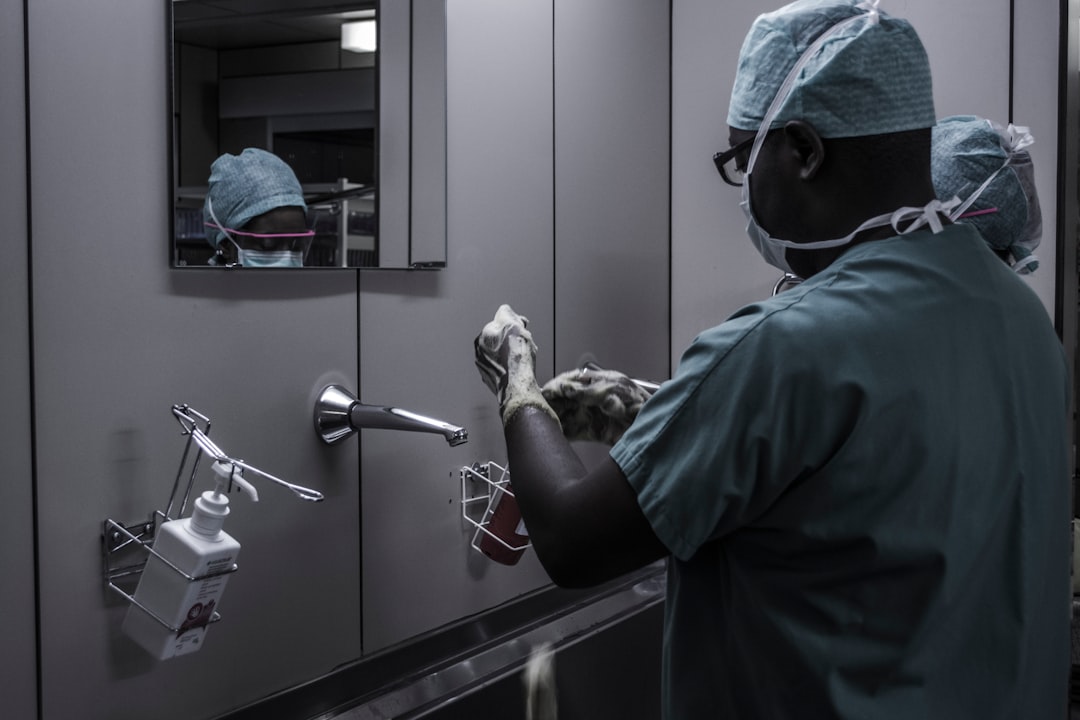Table of Contents
Nailing the Medical Presentation Game: Strategies and Tech to Shine
As future healthcare professionals, medical students are tasked with mastering a variety of complex subjects, not least of which is the effective communication of these concepts to both their peers and potential colleagues. Crafting a compelling medical presentation is an invaluable skill that sets the foundation for successful academic and professional endeavors. This how-to guide is designed to provide you with a strategic approach and introduce cutting-edge tools to help you excel in your medical presentations.
Understand Your Audience
Knowing your audience is the first and foremost step in gearing your presentation towards success. In the context of medicine and health, presentations can range from educational sessions to high-stakes pitches for research funding. Regardless of the setting, understanding the level of expertise and interests of your audience members is imperative.
- Begin with the Basics: If you're presenting to a general audience, avoid jargon and explain fundamental concepts before diving into complex details.
- Align to Experts: Conversely, for more specialized audiences such as attending physicians or researchers, focus on the nuances and implications of your subject.
Structuring Your Presentation
A well-structured presentation guides your audience through your narrative, making it easier to follow, retain, and engage with the information you're providing. Use a logical flow that builds upon each point and avoid tangential information that can distract from your core message.
- Introduction: Set the stage with a hook—a shocking statistic or a poignant story, for instance. TED Talks are renowned for using compelling hooks to capture attention (TED).
- Body: Delve into the details of your research findings, clinical case, or educational content, ensuring that each point transitions smoothly to the next.
- Conclusion: Summarize the key takeaways and open the floor for questions, encouraging audience interaction.
Incorporating AI and Tech Solutions
Leveraging AI-powered learning apps and platforms can transform your medical presentation from standard to standout. With tools that help design dynamic slides, organize your content effectively, and even rehearse your delivery, utilizing these technologies can give you a significant edge.
- AI Assistance: Tools like College Tools harness artificial intelligence to help refine multiple-choice questions and answers, making study sessions more efficient and tailored to the learning process.
- Innovative Presentation Software: Explore platforms that offer AI-driven suggestions for slide design and content arrangement, adding a level of polish to your presentations.
The Art of Delivery
Your presentation's delivery can have as much impact as the content itself. Emphasize clear articulation, confident body language, and the power of pause. Practice is key—consider using apps to time your speech and detect filler words, ensuring a crisp and professional delivery.
- Rehearsal: Consistent practice will not only improve your overall delivery, but it will also help you manage any presentation-related anxiety.
- Feedback: Seek out constructive criticism from peers or mentors and use it as an opportunity for improvement.
Data-Driven Presentations
Incorporate evidence-based information into your slides. This might include statistics, graphs, and case studies from reputable sources such as the National Center for Biotechnology Information (NCBI). Ensuring that your presentation is backed by credible data showcases your commitment to rigor and validity.
Interactivity and Engagement
Keeping your audience engaged is crucial and interactivity can be the key to maintaining attention. This could involve polling the audience, incorporating multimedia elements, or case-based discussions. Remember, engaging does not mean entertaining; your goal is to make it interactive yet educational.
Handling Q&A Sessions
Anticipate potential questions and prepare answers in advance. Listen carefully to the questions posed and respond thoughtfully, using the opportunity to further demonstrate your expertise and communicative skills.
Conclusion: Continual Learning and Improvement
The final piece to mastering medical presentations is the commitment to continual learning and improvement. From keeping abreast of the latest industry trends published on platforms like Harvard Business Review to reflecting on your past presentation experiences, each effort contributes to your growth as an effective communicator in the field of medicine and health.
Presenting is undoubtedly an art, but it is one that can be honed with strategy, practice, and the right set of tools. Take these presentation hacks, blend them with your passion for healthcare, and you'll find yourself delivering impactful presentations that resonate with your audience and further your professional journey.


